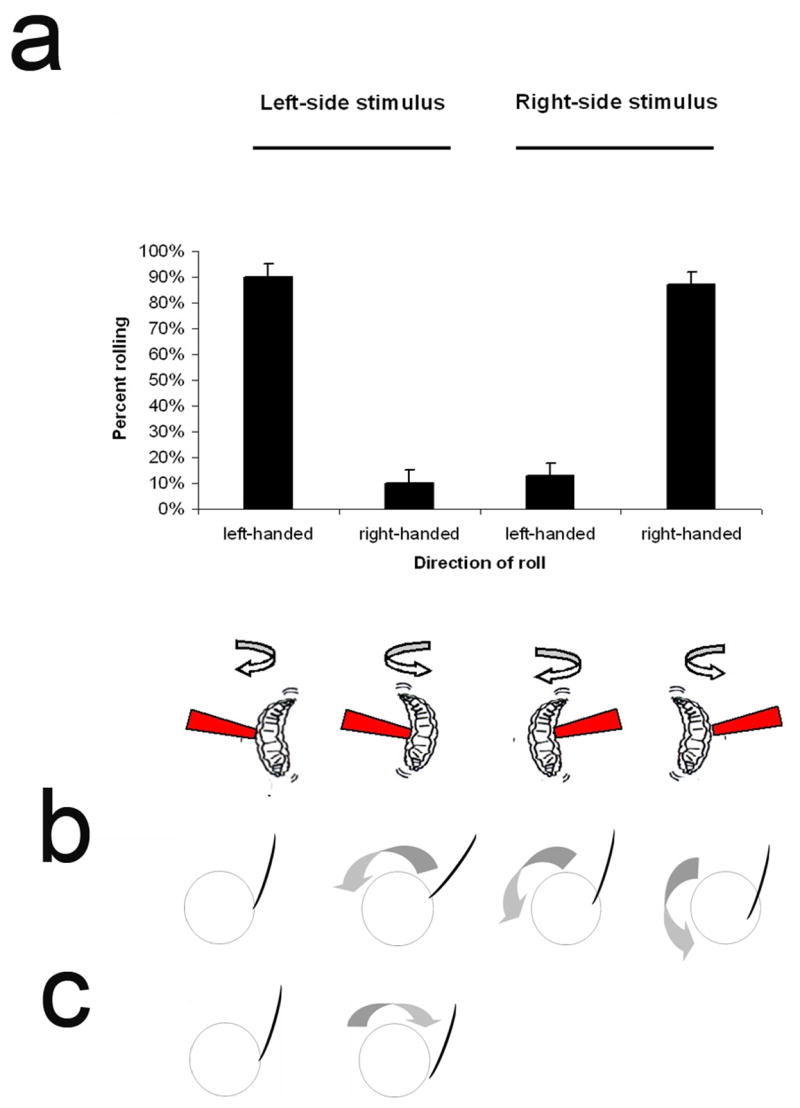Figure 5. Paradoxical directionality of rolling behavior.

(A.) Directionality of larval rolling is biased. Top: Larvae had a strong tendency to roll towards the heat stimulus. When stimulated on the right (n=114), they predominantly rolled to the right. When stimulated on the left (n=102) they had a strong tendency to roll to the left. Roll direction was determined according to the first complete (ie. 360°) roll. Bottom: schematic representation of roll direction. (B) Hypothetical effects of rolling away from a wasp attack causes increased penetration. (C) Hypothetical effects of rolling towards the side of the body where attacked. In B and C the cross section of the larva is depicted as a circle and the ovipositor of the wasp attacking from above is depicted as a curved line.
